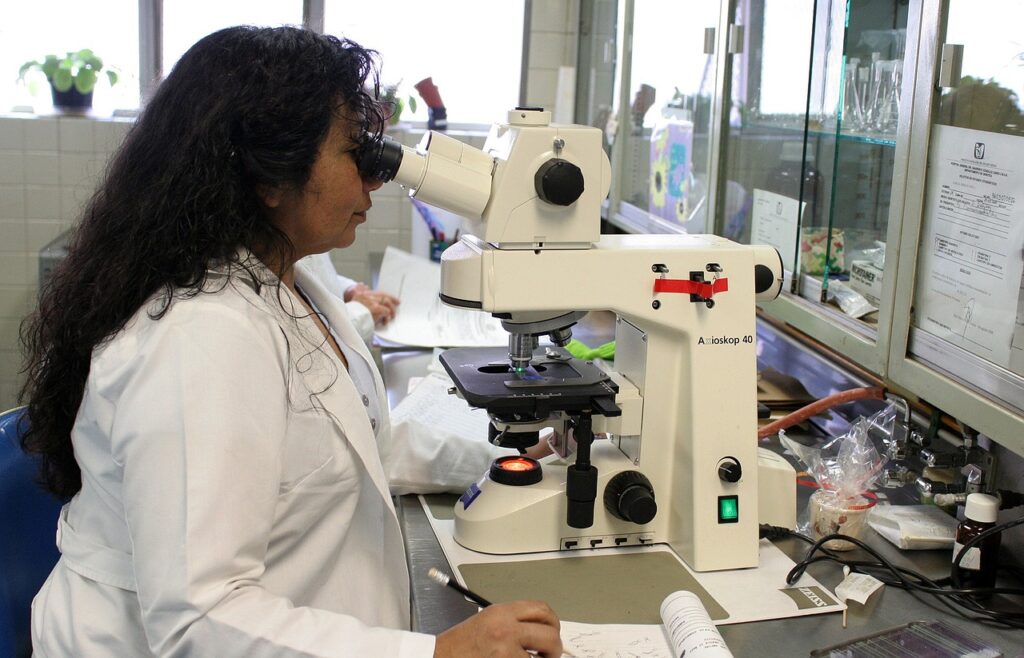
In the world of toy breeds, the Japanese Chin stands as a paragon of elegance, grace, and charm. These little dogs, often referred to as “Chin,” have a rich history steeped in nobility and have captured the hearts of dog enthusiasts worldwide. In this blog, we’ll take a closer look at the captivating world of Japanese Chins, exploring their origins, distinctive characteristics, and answering some frequently asked questions about this delightful breed.
A Brief History
The Japanese Chin, originally known as the Japanese Spaniel, has a history that dates back over a thousand years. This breed’s roots can be traced to ancient China, where they were cherished by Chinese royalty. Japanese Chins were introduced to Japan as gifts to the Japanese imperial family and aristocracy. Their name “Chin” is derived from the Japanese word “chin,” which means “cat-like” due to their graceful and feline appearance.
Physical Characteristics
Japanese Chins are known for their dainty and refined appearance. They are small dogs, typically weighing between 4 to 9 pounds and standing around 8 to 11 inches tall. Their coat is luxurious, with a profuse mane-like ruff around their neck, feathering on their ears and tail, and a distinctive flat face. The breed’s coat comes in various color combinations, including black and white, red and white, and more.
Personality Traits
The Japanese Chin exudes an air of sophistication and grace. They are affectionate, gentle, and deeply attached to their human companions. These dogs are known for their charming and friendly disposition. They form strong bonds with their families and are content to spend their days as loyal lapdogs, providing companionship and love.
Health and Care
Overall, Japanese Chins are a relatively healthy breed with a lifespan of around 10 to 14 years. They are prone to certain health issues, including brachycephalic airway syndrome, dental problems, and heart issues. Regular vet check-ups, a balanced diet, and dental care are crucial for their well-being.
Ideal Living Conditions
Japanese Chins are well-suited to various living conditions, including apartments and houses. They are adaptable dogs that do not require extensive exercise but do enjoy short walks and indoor playtime. Due to their small size, they should be handled with care, especially around children, to prevent accidental injuries.
FAQ
1. Are Japanese Chins good with children and other pets?
Japanese Chins are generally good with older, gentle children and other pets, especially if they are socialized from a young age. However, their delicate size means they should be handled with care.
2. Do Japanese Chins shed a lot?
Japanese Chins have a long, silky coat that requires regular grooming to prevent matting. They do shed, but their shedding is not excessive.
3. Are Japanese Chins easy to train?
Japanese Chins are intelligent but can be somewhat independent. They respond well to positive reinforcement training methods and consistency.
4. What is the grooming routine for Japanese Chins?
Grooming involves regular brushing to maintain their coat, as well as cleaning their facial folds and eyes. Regular dental care is also crucial for their oral health.
5. Are Japanese Chins good guard dogs?
Japanese Chins are not known for being guard dogs. They are more inclined to be friendly and affectionate companions rather than protective watchdogs.
In conclusion
the Japanese Chin is a breed that embodies elegance and grace. Their rich history, charming personality, and delicate appearance make them an ideal companion for those who appreciate their refined nature. If you’re considering welcoming a Japanese Chin into your family, be prepared for an elegant and devoted canine companion that will undoubtedly bring joy and sophistication to your life.


